You’ve probably noticed how the routine of working from home can feel… different.
Many people have reported nearly a 25% drop in focus without the usual office environment. And while remote work offers flexibility, it also brings new distractions like kids, chores, and pets, that can impact your team’s performance.
That’s why monitoring Microsoft Teams activity, ethically and intelligently, has become critical. With the right insights, you can support employees, prevent burnout, and foster real productivity, even when everyone is remote.
Why Insight into Teams Matters
Without visibility into how your team collaborates, problems can go unnoticed.
For instance, if chat usage is low or meeting attendance drops, you may not see issues until performance is affected. With Teams analytics, you gain clarity about day-to-day behaviors and can help the team stay on track.

What You Can Track and How It Helps You
Below are essential metrics available in Teams and why you should care:
1. Activity & Engagement
Monitor daily, weekly, or monthly active users.
Benefit to you: Spot who’s thriving and who may need encouragement or resources.
2. Calls & Meetings
Track the volume and length of Teams meetings.
Benefit to you: Ensure remote connections are happening and that meeting culture is healthy.
3. Chat Trends (Public vs. Private)
See if people are collaborating openly in channels or sticking to private chats.
Benefit to you: Help guide communication habits toward broader sharing and knowledge exchange.
4. Device Usage Insights
Understand if users are accessing Teams on desktop, mobile, or browser.
Benefit to you: Identify technology gaps and drive better device adoption for a more seamless experience.
Internal links to related content:
Discover advanced analytics in CardioLog Engage.

Beyond the Numbers: Action & Support
Data without dialogue is only half the solution.
Use Teams to ask, “How can we support your workflow today?” and let employees share feedback anonymously. These insights are golden for understanding their experiences and optimizing your environment.
Making it Real with Intlock
With CardioLog Engage, part of Intlock’s platform, your data doesn’t just live in dashboards, it becomes actionable insight:
- Team activity trends: who’s collaborating, and who might need a nudge.
- Meeting analytics: identify blockers to effective group work.
- User feedback tools: capture the voice of your remote workforce.
All presented in one clean, privacy-respecting interface.
A Smart Way Forward
Remote work isn’t a passing phase, it’s the new normal.
By adopting transparent, ethical Teams analytics, you can empower your people, bolster engagement, and safeguard productivity. With the proper tools and mindset, remote collaboration can thrive while maintaining trust and autonomy.
Want to See It in Action?
See how easy Teams management can be.
Explore our Teams Adoption Dashboard or schedule a walkthrough of CardioLog Engage today.
Links We Think You’ll Love
FAQs about Can You Monitor Employees in Microsoft Teams
What is Performance Tracing?
Performance tracing in Microsoft Teams involves monitoring various user activities to gauge productivity levels. Managers can view user activity reports showing trends over the last 7, 30, 90, or 180 days. This data can help identify patterns in employee performance and pinpoint areas needing improvement.
Can Microsoft Teams be used to track activity?
Yes, Microsoft Teams can be used to track activity. The platform offers detailed reports on user activities, such as the number of messages sent, meetings attended, and calls made. These insights allow managers to monitor how actively employees are using Teams and ensure they are engaged and productive.
Do Teams record screen activity?
Microsoft Teams allows meetings and calls to be recorded. These recordings capture audio, video, and any screen-sharing activities, making them useful for future reference and training purposes. The recordings are securely stored and shared within the organization, but they are automatically deleted after a certain period.
How does Microsoft Teams help in monitoring employee productivity?
Microsoft Teams helps in monitoring employee productivity by providing various analytics tools. These tools offer insights into user engagement, such as the frequency of chat messages, calls, and meetings. By analyzing this data, managers can identify employees who might be struggling and offer the necessary support to improve their productivity.
How can Microsoft Teams be used for team productivity tracking?
Teams productivity can be tracked through various reports and dashboards in Microsoft Teams. These tools provide information on device usage, activity levels in team and private chats, and participation in meetings. This data helps managers understand how teams are collaborating and where there might be gaps in communication or productivity.
Why is monitoring employee productivity important in Microsoft Teams?
Monitoring employee productivity in Microsoft Teams is essential, especially with the rise of remote work. It helps ensure that employees remain focused and productive despite working from different locations. By monitoring activities such as chat frequency, meeting participation, and device usage, managers can better support their teams and maintain high productivity levels.
What are some benefits of using Microsoft Teams for employee monitoring?
Using Microsoft Teams for employee monitoring offers several benefits:
- Visibility: Managers can see detailed reports on user activities, helping them understand how employees are using the platform.
- Support: Identifying productivity issues early allows managers to provide timely support and training.
- Collaboration: Insights into team activities can improve collaboration and ensure that all team members are engaged.
- Technical Assistance: Monitoring data can help diagnose technical problems and guide users toward better practices, such as using cloud services efficiently.
Related Topics:
- How to Use Microsoft Teams Effectively
- Microsoft Teams Features to Use in 2024
- Microsoft Teams vs Viva Engage (Yammer): Which Communications Tool Should You Use?
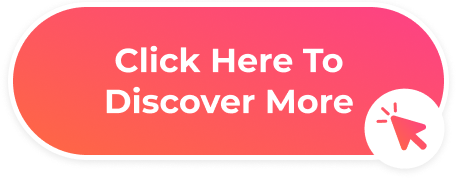

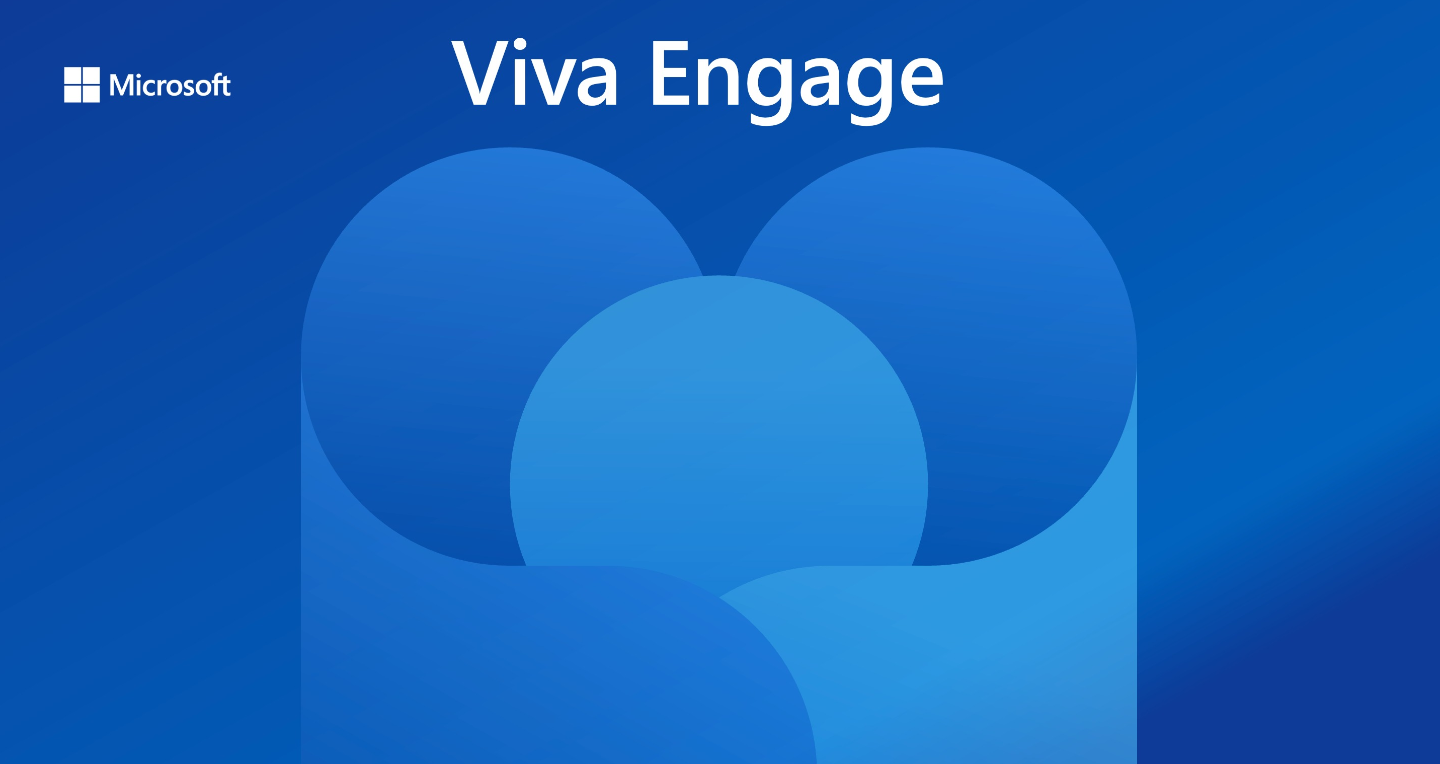

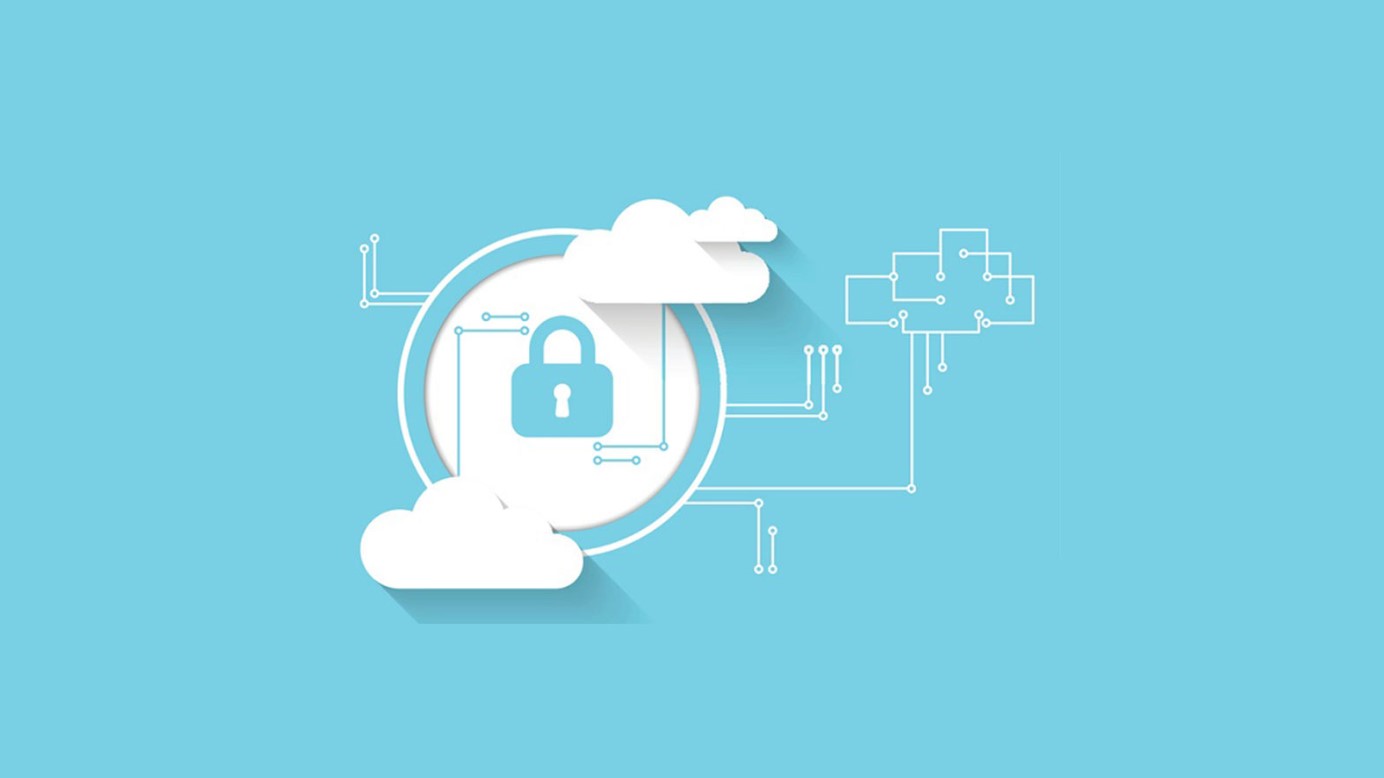
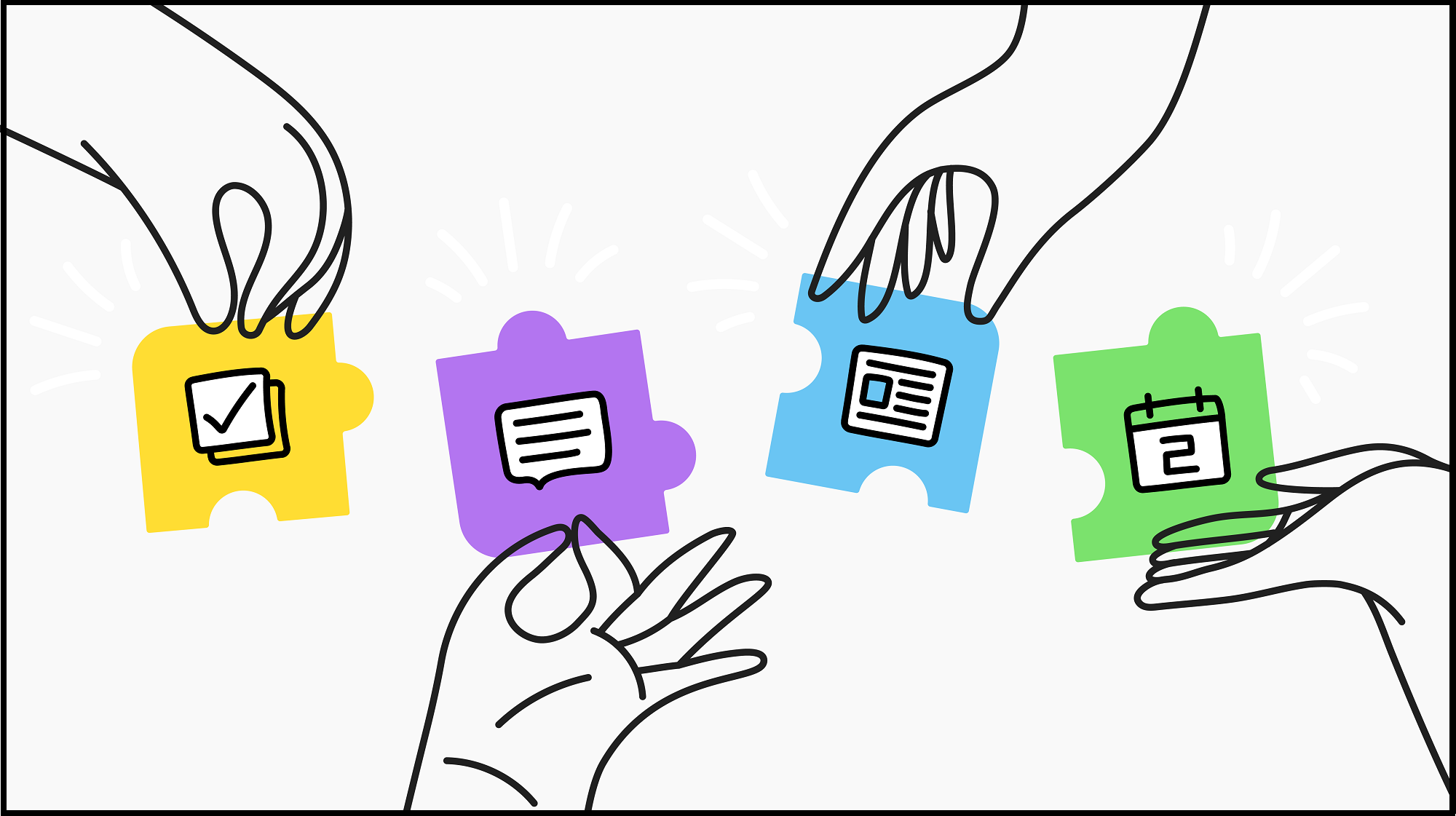
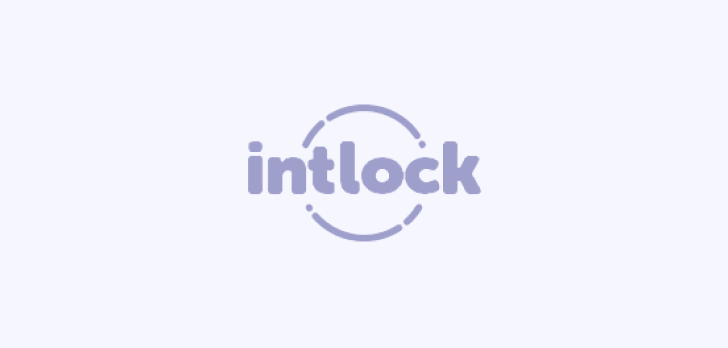




 Follow @cardiolog
Follow @cardiolog